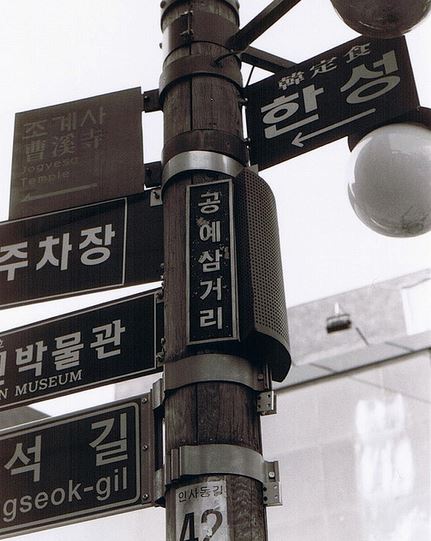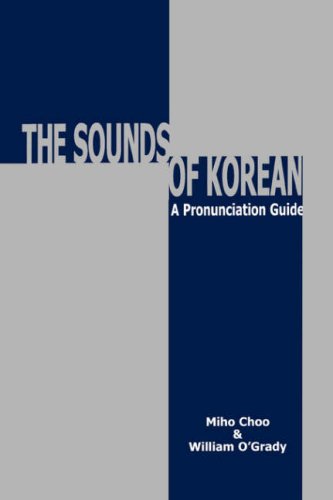When learning a language, especially one that is very different from your own, it’s important to learn correct pronunciation from the very beginning. The Sounds of Korean: A Pronunciation Guide is a good resource to use when wanting to enhance your oral skills and improve your Korean pronunciation.
"The book is written for beginner level students, but more advanced students can also use it to improve their pronunciation."
The Sounds of Korean is mostly a pronunciation guide (as the title suggests) but it is also a book that will teach you new expressions and phrases. The book is written for beginner level students, but more advanced students can also use it to improve their pronunciation. The book is divided into two parts: pronunciation and practice. The pronunciation part is a section that explains the different phonetic sounds in Korean and provides techniques and exercises to help student achieve proper pronunciation. In the second part the student will practice their listening and speaking skills while following along with a CD. In this section students will also follow along with audio dialogues as they work with activities in the book.
Throughout the book students will also come across mouth diagrams that will help them see the proper placement of the tongue and lips when producing certain sounds. The only down side to this section is that the book sometimes gets too technical when explaining certain pronunciation techniques. Students will often come across unfamiliar and technical words like aspirate, nasalization, voiceless and other terms that may seem a bit irrelevant.
The lessons in this book consist of sentence reading exercises, listening activities, and repetition exercises. There aren’t any actual activities in the book and of course, the student will not go over any grammar exercises. There is a simple rhythm maintained in each chapter and students are given more than enough opportunities to practice what they’ve learned in each chapter.
Pros:
· The book offers an in-depth look at how to speak better Korean using intonation and pronunciation techniques.
· The book comes with an audio CD to help students get used to how the language sounds as they work on certain speaking activities.
· The book offers plenty of practice exercises to help students put what they’ve learned to use.
Cons:
· Uses some very complex words and phrases that some learners may find confusing and irrelevant.
· Focuses too much on pronunciation and not enough on other aspects (intonation, stress, speed).
· With the exception of the mouth diagrams, there aren’t many pictures or visual aids.
Recommended For:
· Students who already speak Korean and want to work on improving their pronunciation.
· Teachers who incorporate accent reduction into their lessons.
· Independent learners.

The Sounds of Korean is a great book to use if you’re looking to improve your Korean pronunciation. The countless charts, techniques, exercises, and listening activities will help you attain a better pronunciation and perhaps even sound more like a native! This book will help students of every level improve their speaking skills and begin speaking clearer and more natural sounding Korean.




